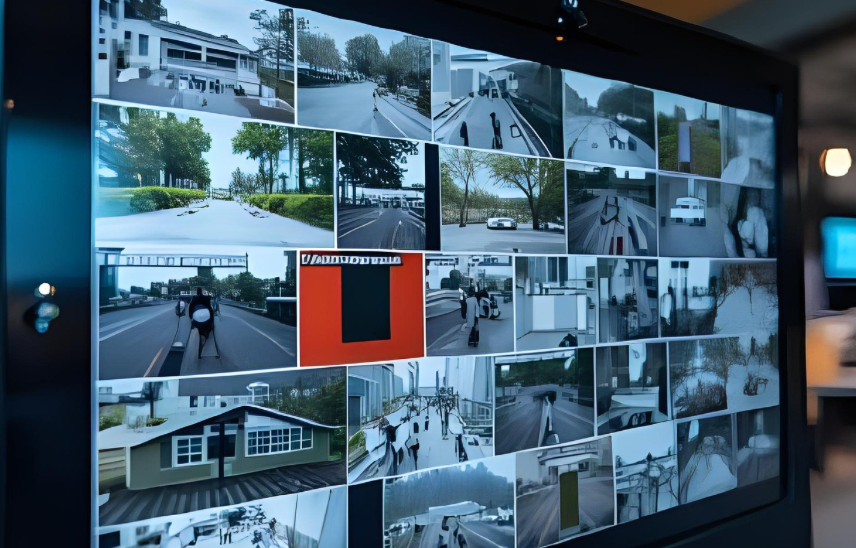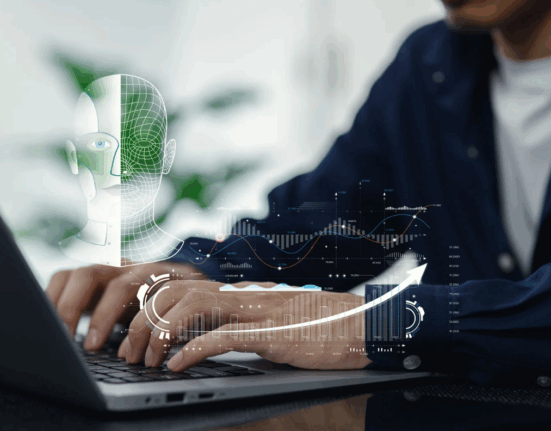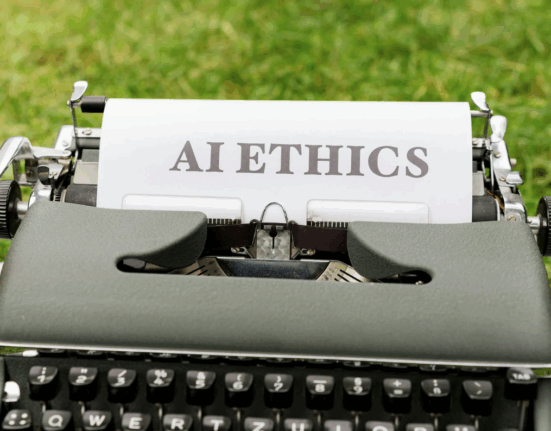Surveillance technology has come a long way—but many organizations still rely on aging analog or early digital systems. While replacing an entire security infrastructure can be expensive, AI-driven legacy surveillance upgrades offer a smarter alternative.
By adding artificial intelligence to existing cameras and systems, businesses can transform outdated setups into modern, data-driven security solutions. Let’s explore how AI revitalizes legacy surveillance and makes it more effective, efficient, and intelligent.
Why Upgrade Legacy Surveillance with AI?
Traditional surveillance systems record video but depend heavily on human monitoring. This leads to missed incidents, false alarms, and inefficient analysis.
AI upgrades change this by enabling:
- Automated threat detection in real time.
- Smarter alerts that reduce false positives.
- Enhanced analytics for better decision-making.
- Extended hardware lifespan without full replacement.
In essence, AI brings the power of smart recognition and predictive insight to your existing infrastructure.
How AI Enhances Legacy Systems
AI doesn’t require starting over—it layers intelligence on top of what you already have. Through video analytics software, edge AI devices, or cloud-based platforms, your legacy cameras can gain new capabilities like:
- Object detection and classification.
- Intrusion and motion detection.
- Facial and license plate recognition.
- Behavior analysis and anomaly detection.
These enhancements turn passive monitoring into proactive security management.
1. Smarter Object and Motion Detection
Older motion detection often triggers alerts for irrelevant movement, such as shadows or weather. AI models, however, can distinguish between people, vehicles, and background motion.
For example, the system can notify you only when someone enters a restricted zone while ignoring harmless motion. This reduces false alarms and improves reliability.
2. Real-Time Event Recognition
AI enables instant recognition of unusual activity. Whether it’s unauthorized entry, loitering, or crowd formation, the system can identify events as they happen and send real-time alerts.
This proactive approach empowers security teams to respond faster and prevent incidents instead of reacting afterward.
3. Facial Recognition for Access Control
AI facial recognition adds precision and automation to legacy systems:
- Recognize employees or visitors instantly.
- Flag unauthorized individuals.
- Automate access control in high-security areas.
These tools increase both convenience and safety while maintaining compliance with privacy standards.
Alt text: AI-driven legacy surveillance upgrades improving video analytics and access control
4. Behavior and Anomaly Detection
AI learns normal patterns over time—such as daily foot traffic or vehicle flow—and detects anomalies when something deviates.
For instance, if a person enters through an emergency exit or a vehicle moves in the wrong direction, the system flags it immediately.
This predictive awareness helps prevent accidents and improves operational safety.
5. License Plate Recognition
AI-powered optical character recognition (OCR) enables your existing cameras to identify and log license plates automatically.
Use cases include:
- Parking lot management.
- Traffic monitoring and toll automation.
- Logistics tracking in warehouses.
This feature saves time, enhances accuracy, and streamlines recordkeeping.
6. Cloud and Edge Integration
Combining edge computing with cloud analytics delivers the best of both worlds:
- Edge devices handle local processing, reducing lag and bandwidth use.
- Cloud systems offer scalability, centralized storage, and remote access.
Hybrid architecture makes AI upgrades flexible, efficient, and future-ready.
7. Smart Storage and Compression
AI-driven systems record only when motion or specific events occur. They also compress footage intelligently without losing quality.
This leads to significant storage savings and faster video retrieval—especially beneficial for organizations managing hundreds of cameras.
8. Retrofitting Analog Cameras
AI upscaling allows even analog cameras to perform advanced analytics. With AI-enabled DVRs or converters, you can:
- Add smart detection features.
- Generate alerts from existing feeds.
- Access cloud dashboards for live monitoring.
It’s a low-cost way to modernize old systems without full replacement.
Alt text: AI retrofitting analog cameras in legacy surveillance systems
9. Predictive Maintenance
AI can monitor camera health, detect malfunctions, and alert teams before failures occur.
This predictive maintenance minimizes downtime and ensures consistent system reliability, further improving ROI from legacy infrastructure.
10. Centralized AI Dashboards
AI-powered platforms combine feeds from multiple locations into one interface. You can view analytics, track alerts, and export reports instantly.
Centralization simplifies management and ensures unified monitoring across large facilities or campuses.
11. Cost Efficiency and ROI
AI upgrades maximize your existing investment by extending the lifespan of current equipment.
ROI benefits include:
- Lower maintenance costs.
- Reduced labor for manual monitoring.
- Improved incident prevention.
- Smarter data insights for operational planning.
Upgrading with AI is often 70–80% cheaper than full system replacement.
12. Compliance and Data Privacy
Modern AI systems come with built-in privacy controls, including data encryption, masking, and access management.
Complying with GDPR or local regulations ensures ethical AI use and maintains customer trust.
13. Real-World Success Story
A retail chain upgraded 300 legacy cameras using AI analytics software.
Results after 6 months:
- 65% fewer false alarms.
- 40% reduction in theft.
- 30% lower monitoring costs.
This cost-effective transformation modernized security without hardware replacement.
14. Preparing for Future AI Features
Emerging AI capabilities—such as voice-triggered alerts, emotion detection, and autonomous patrol drones—will continue to expand possibilities for upgraded surveillance systems.
Investing in AI integration today sets the foundation for adopting these future innovations seamlessly.
Conclusion: Smarter Security Without Replacement
AI-driven legacy surveillance upgrades allow organizations to modernize efficiently, unlocking the benefits of smart analytics and automation without the cost of rebuilding from scratch.
By combining existing hardware with AI intelligence, businesses gain faster threat detection, better decision-making, and a safer, more responsive environment.
The future of surveillance isn’t replacing old systems—it’s making them smarter.
FAQ
1. What are AI-driven legacy surveillance upgrades?
They involve adding AI software and analytics to existing camera systems to enhance performance and intelligence.
2. Can analog systems be upgraded with AI?
Yes. With AI-enabled DVRs or middleware, even analog cameras can support smart detection and analytics.
3. What are the benefits of upgrading with AI?
Better accuracy, fewer false alarms, real-time insights, and improved efficiency without full replacement.
4. Is AI surveillance compliant with privacy laws?
Modern AI tools use encryption, masking, and consent management to meet GDPR and other standards.
5. How cost-effective are AI upgrades?
They’re significantly cheaper than new installations and provide measurable ROI within one to two years.








